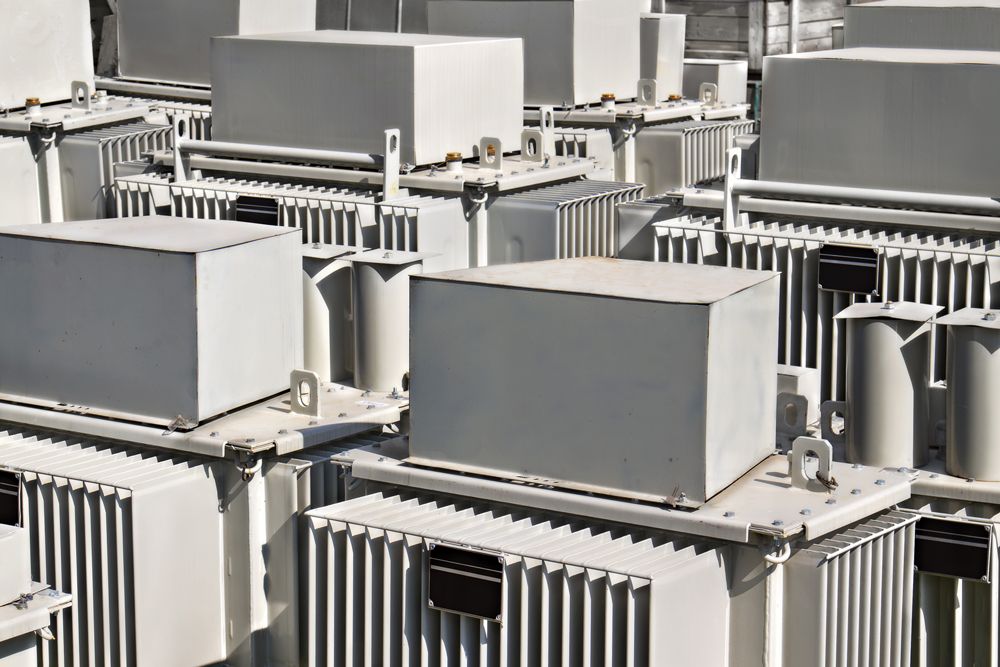Securing Temporary Traffic Control
Improvements in infrastructure are crucial for ensuring safety for drivers and pedestrians. Nevertheless, heavy haul transportation projects are anything but simple, requiring temporary traffic control zones to redirect anyone using the road (who we’ll refer to as “road users”).
All TTC zones are comprised of four areas: advance warning, transition, activity and termination. Securing temporary traffic control areas are crucial to ensure the safety of road users and workers. While it’s necessary to understand the entire TTC planning process, this article will focus on the basics.
Basics of Temporary Traffic Control
To begin, let’s review the basics of traffic control:
- Worker and road user safety should be a top priority throughout the construction project.
- Guidelines should be developed to keep both workers and road users (e.g. pedestrians, drivers, cyclists etc.) safe. The goal of these guidelines should be to develop a route for road users, leading them with the use of TTC (temporary traffic control) devices, roadway geometrics and roadside features. All workers must understand the guidelines before entering the site.
- The redirecting route should differ as little as possible from the original.
- TTC elements should be inspected every day and night.
- Attention should be kept on the maintenance of the TTC zone while in use.
- Everyone involved with TTC zone safety (e.g. managers and workers) should be trained on their role and how it affects others.
- Good public relations should be maintained throughout the project.
Securing Temporary Traffic Control Zones: Transition Area
The transition area is where road users are redirected due to the project. For most projects, this involves the user of tapers. Taper length depends on three factors: posted speed limit, taper length and width offset. The length will then vary depending on the type of taper used. Taper formula resources should be consulted to ensure road user and worker safety.
Securing Temporary Traffic Control Zones: Activity Area
The activity area is made up of three spaces: buffer, work and traffic. The workspace is the area closed off for road users. This is the location of the project, including all workers, equipment and materials. The traffic space allows for road users to pass through the TTC zone.
When securing TTC zones, it’s important to consider the buffer space. Though an optional safety measure, the buffer serves as empty area between road users and the project. This helps protect users from dangerous construction areas, and provides a buffer for workers in the event of a vehicle losing control. Stopping sight distance resources should be used along with engineering judgment to determine the length and width of the buffer.
TTC Zone Devices
Below are some common devices available to ensure your TTC area is secure and safe for road users and workers:
- Signs: Regulatory signs notify road users of traffic regulations and laws. Warning signs notify road users of particular conditions either on or adjacent to the road. Guide signs pass information to drivers in a simple, direct manner.
- Portable Changing Message Signs (PCMS): Alert road users of unexpected road and traffic information.
- Arrow Displays: Made of a matrix of element capable of displaying flashing or sequential messages to provide road users with information.
- Pavement Markings: Must be comparable to markings made along adjacent roadways. Marking must be tested under various weather and lighting conditions to ensure they don’t misguide road users. Any existing markings must also be inspected to make sure they will misguide road users.
- High Level Warning Devices (flag tree): Contain two flags and are visible over vehicles to alert road users.
The post Securing Temporary Traffic Control appeared first on H. Brown, Inc..


